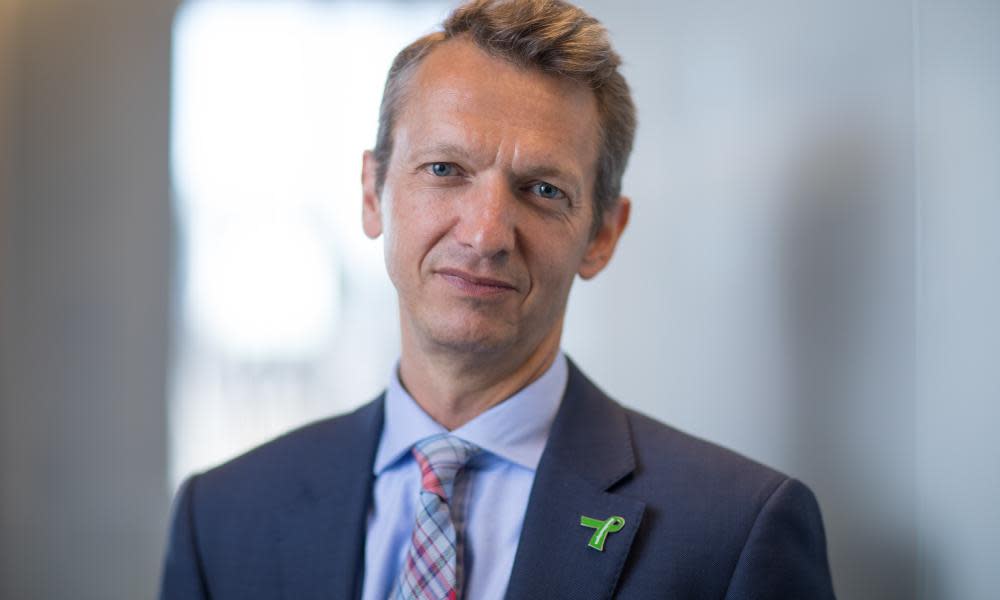Andy Haldane will be a tough act to follow at Threadneedle Street

Had Labour won the 2019 general election, there is a good chance that Andy Haldane would have been made governor of the Bank of England because John McDonnell, the then shadow chancellor, was a big fan.
Any hopes that Threadneedle Street’s chief economist had of succeeding Mark Carney disappeared with Boris Johnson’s 80-seat majority, and Haldane is now departing after 32 years to run the RSA – the Royal Society for Arts, Manufactures and Commerce.
Insiders at the Bank insist that there has been no falling out with the current Bank governor, Andrew Bailey, and that seems to be the case. Haldane gets on a lot better with Bailey than he did with Carney, with whom there was an obvious clash of egos.
Instead, moving to the RSA allows Haldane to explore some of the themes he has raised over the past few years: how to tackle Britain’s productivity deficit with rival countries; the challenge posed by artificial intelligence and robots; the need to raise educational standards and skills. What’s more, leaving the Bank for a spell doesn’t necessarily debar him for having a tilt at the top job when Bailey’s term ends.
Even so, Haldane may struggle at the RSA to command as much attention as he has done with the weight of the Bank of England behind him. When the chief economist at Threadneedle Street makes a point it goes straight out on the news wires.
Haldane has burnished his reputation as the Bank’s maverick thinker over the past year, with upbeat predictions of a UK economy like a coiled spring ready to go off once restrictions are lifted. That has put him at odds with the rest of the Bank’s monetary policy committee, which has been far more cautious about the UK’s post-pandemic prospects, and made him far better newspaper copy. He will be a tough act to follow.

 Yahoo Movies
Yahoo Movies 
